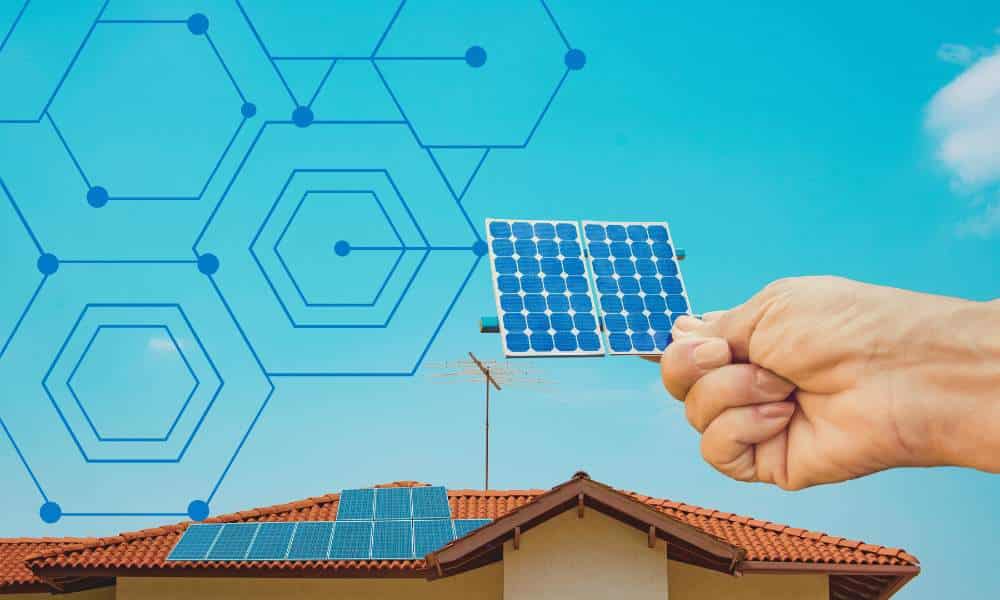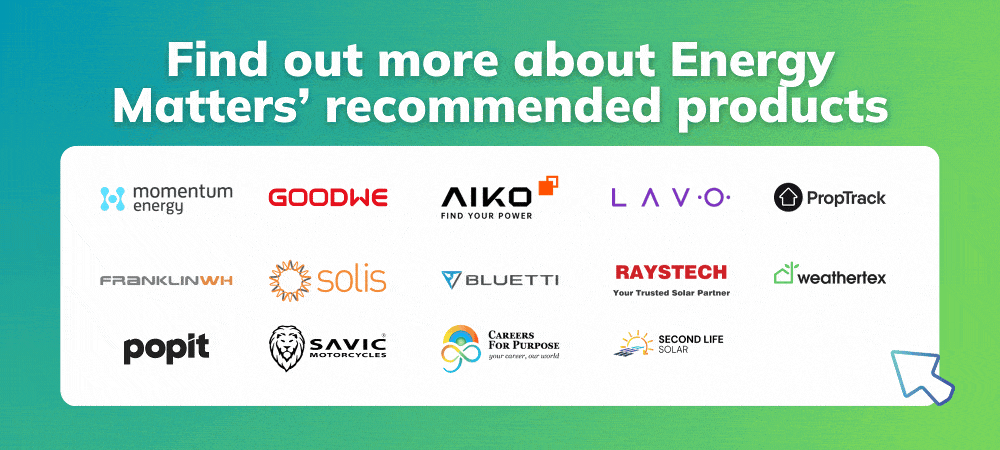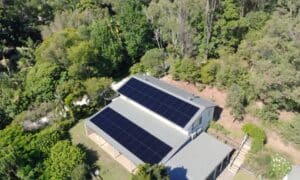Australia has long embraced solar technology as a key component of its renewable energy future. As we look into the next ten years, the solar landscape in Australia is set to undergo a dramatic transformation, driven by technological advancements, policy support, and increasing consumer awareness.
Over the coming years, the future of solar technology is poised to become more efficient, affordable, and seamlessly integrated into the Australian energy grid. From cutting-edge solar cell materials to innovative energy storage solutions, these advancements will power homes and businesses and contribute to a sustainable and resilient energy system.
The current state of solar technology in Australia
The country has made significant strides in adopting solar technology, with a substantial number of households and businesses installing solar PV systems. In February 2024, Australia had over 3.7 million registered rooftop solar systems. In the first quarter of this year, solar farms generated 13.11 terawatt hours (TWh) of electricity, a 13.5% increase from the same period last year.
Here are some of the current solar technologies in Australia:
· Photovoltaic (PV) solar panels: These panels have evolved over time—from silicon-based panels to monocrystalline, polycrystalline, and PERC panels.
· Bifacial solar panels: These panels capture sunlight from the front and rear sides that help increase energy generation.
· Solar roof tiles and shingles: These are a more aesthetic solution that integrates directly into the roof.
· Concentrated Solar Power (CSP): CSP is being explored in large-scale solar farms. It works through mirrors or lenses to focus sunlight onto a small area to generate electricity.
· Solar batteries: Systems like Tesla Powerwall and Enphase are popular today due to the rise of solar batteries that allow homeowners to store excess solar energy for later use.
· Floating solar farms: Australia is experimenting with floating solar panels, which are placed on bodies of water that can be highly efficient due to the cooling effect of water.
· Hybrid inverters: These are becoming more common in residential solar setups because they allow for solar energy generation and storage.
· Solar thermal energy: This is increasingly being used in commercial applications and it uses mirrors to focus sunlight onto a central point to create heat.
· Perovskite solar cells: This is an emerging technology and research into perovskite cells is ongoing. It has the potential to improve solar efficiency at a lower cost.
· Solar carports: These are solar panel arrays installed above parking areas and are becoming popular in commercial and residential setups.
With these current solar technologies, what’s next for the sector in the next decade?
Advancements in solar panel efficiency and design
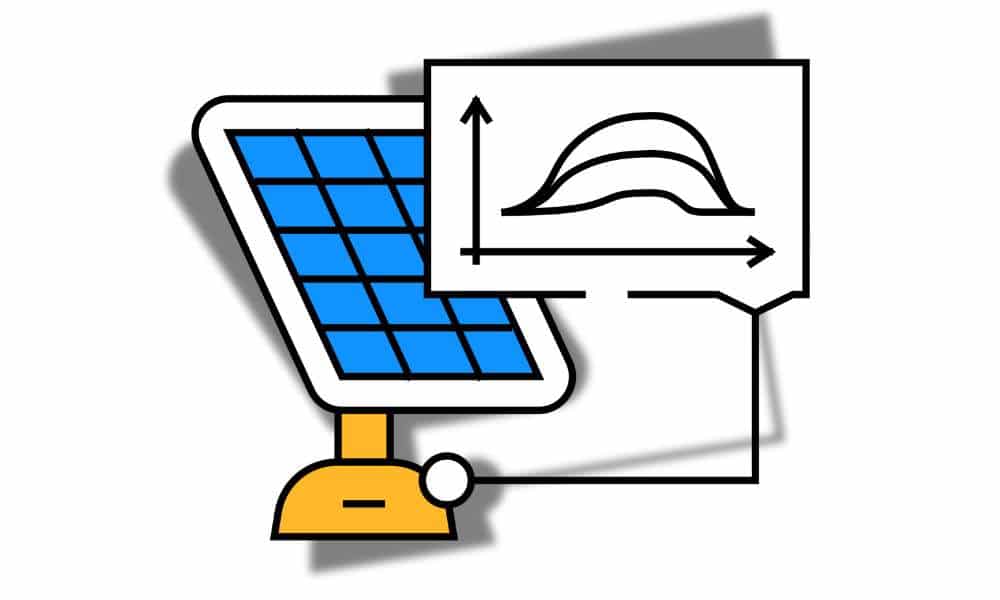
Traditional silicon-based solar cells are almost at the end of their efficiency limits. Hence, researchers are turning to new materials, specifically perovskite and tandem cells. Perovskite solar cells have shown promise with high efficiency at a lower production cost and can potentially be combined with silicone to create tandem cells, which layer different materials to capture a broader spectrum of sunlight.
Currently, the CSIRO, with its first and only lab in the Southern Hemisphere, is exploring new designs and processes to increase perovskite solar cell performance, such as integrating PV for high-density commercial and residential buildings with limited roof space. They are also researching ways to make perovskite materials compatible with glass products.
These innovations are expected to improve energy conversion rates, make solar installations more productive, and reduce the space needed for panels.
Also in the next years for solar panel advancements, thin-film solar panels using flexible solar technology will be in more demand, specifically as portable power for outdoor activities and in places where standard panels are impractical.
Unlike typical silicon PV panels, thin film panels can be applied in a much wider array of environments. Its manufacturing process is also considered more environmentally friendly due to less wastage and lower energy requirements.
Also, expect more aesthetic designs that blend seamlessly with buildings. For one, Tesla’s solar roof tiles allow homeowners to replace traditional roof materials with solar tiles that look similar to conventional roofing.
Another emerging technology is transparent solar glass that can be used in windows to allow buildings to generate electricity without impacting their appearance. These designs provide options for homeowners and business owners who want to install solar without the visual impact of traditional panels.
We’re also likely to see more all-black panels designed to blend in perfectly with most roof types. Some of the popular all-black solar panels today are the LONGi Hi-MO X6 Explorer All-Black and the Aiko Neostar N-Type ABC All Black.
Innovations in energy storage
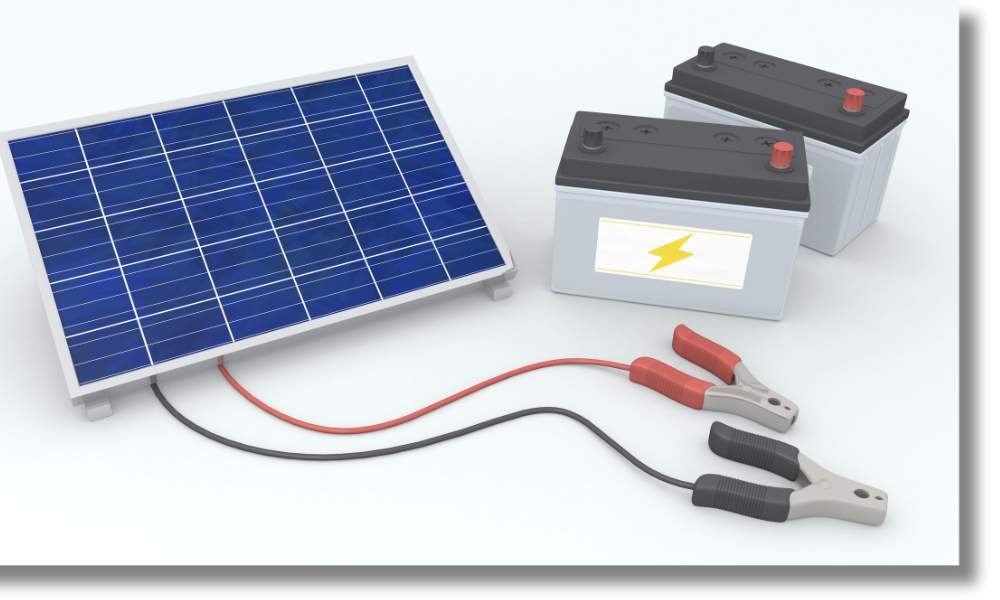
Energy storage is a vital component of solar technology, and it’s set to evolve in the coming years. Lithium-ion batteries are currently dominating the market of energy storage solutions, but advances are pushing toward alternatives like Solid-State Batteries (SSBs), which provide higher energy density, improved safety, and a longer lifespan.
Altech Batteries in Perth has switched to a 60 kW sodium-chloride SSB prototype in a trial in Germany and is being monitored to see how it runs under real-world conditions. Also, Ford and BMW have announced the finalisation of the installation of their “pilot production line” for SSBs, which essentially means they are ready for commercial-scale production with their production of sulphide-based SSB cells.
Other promising technologies, such as sodium-ion and zinc-air batteries, could also provide lower costs and increased scalability for large storage systems.
With growing solar installations across the nation, energy storage is also expected to work more seamlessly with smart grids. Smart grids use AI and machine learning to optimise the flow of power that balances supply and demand by redirecting stored energy to where it’s needed automatically. This integration reduces reliance on fossil fuel backup sources during peak times and allows for real-time adjustments based on consumption patterns and weather forecasts.
In rural and remote parts of Australia, standalone solar systems combined with advanced batteries provide reliable off-grid power solutions, eliminating dependence on traditional power sources. Hybrid systems, which combine solar with other renewable sources and storage, offer a consistent energy supply in variable conditions. These systems are increasingly affordable and accessible, making them viable for both individual properties and small communities.
Artificial intelligence and IoT in solar management
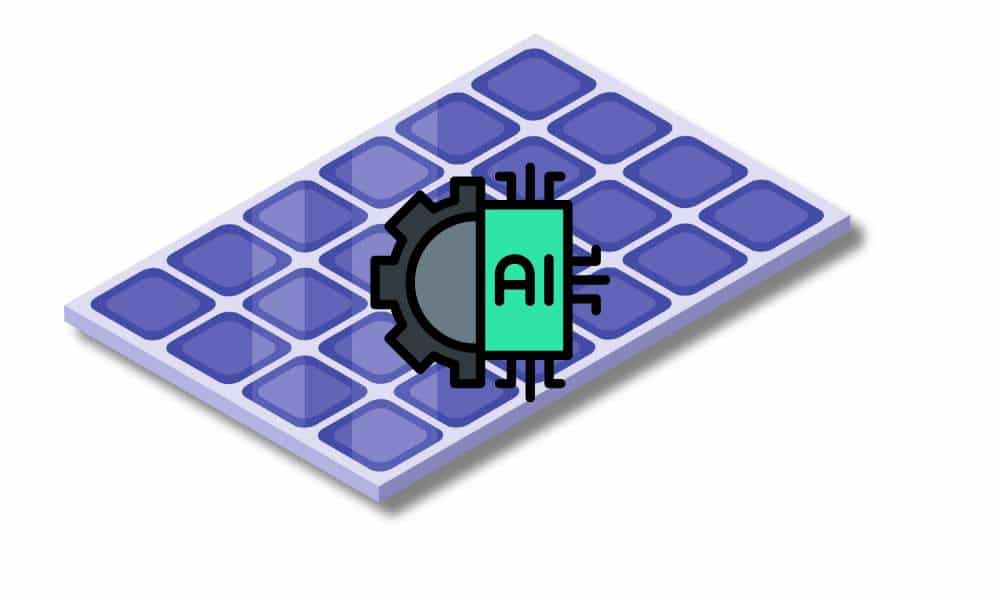
AI and IoT are set to boost solar system efficiency by automating monitoring, optimising energy use, and simplifying maintenance. AI-powered predictive analytics can forecast energy consumption patterns and adjust solar usage accordingly.
Supporting this trend, the Australian government’s National Energy Analytics Research (NEAR) Program is enhancing energy forecasting and policy through detailed data collection and analysis. With over AUD 20 million in funding and in partnership with CSIRO and AEMO, NEAR gathers data across sectors to improve demand forecasting, particularly for peak periods like summer, and to monitor reverse energy flows from rooftop solar PV. By analysing granular data at the household level, NEAR provides insights into tariff impacts across diverse households, furthering regulatory reforms like the Consumer Data Right (CDR), which enables consumers to share data with third-party providers for tailored energy solutions.
This synergy of advanced analytics and solar technology promises Australians a more efficient, adaptable, and consumer-friendly solar landscape in the coming decade.
Then there is also AI and IoT integration with home energy management systems to allow solar energy to be distributed intelligently across household devices. These systems can automate energy usage directing solar power to appliances or charging storage units based on real-time energy availability and consumption needs.
The combination of AI and IoT in solar management will make solar systems more autonomous, responsive, and efficient, driving down costs and enhancing reliability for users.
As Australia looks ahead, the next decade promises remarkable advancements in solar technology, driven by cutting-edge innovations in solar panel efficiency, energy storage, and smart grid integration.
These developments will not only make solar energy more accessible and affordable for homeowners and businesses, but will also transform Australia’s energy landscape into a more sustainable, resilient, and consumer-centric system. With increased government investment and regulatory support, including programs like NEAR and the Consumer Data Right, Australians can expect solar technology to seamlessly integrate with their daily lives, offering smarter, more efficient energy solutions that power the future.
Energy Matters has been in the solar industry since 2005 and has helped over 40,000 Australian households in their journey to energy independence.
Complete our quick Solar Quote Quiz to receive up to 3 FREE solar quotes from trusted local installers – it’ll only take you a few minutes and is completely obligation-free. Australia has long embraced solar technology as a key component of its renewable energy future. As we look into the next ten years, the solar landscape in Australia is set to undergo a dramatic transformation, driven by technological advancements, policy support, and increasing consumer awareness.











